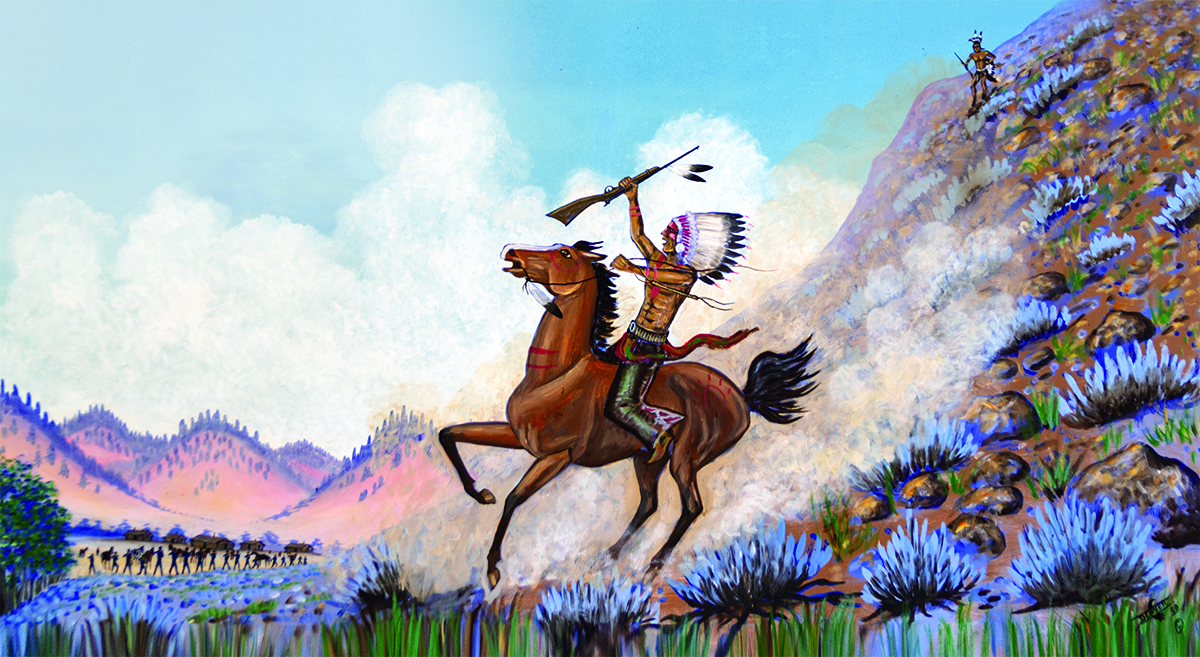To a casual observer the biweekly distribution of government rations at southeastern Montana’s, amid the rolling hills of Lame Deer Valley, seemed to have proceeded smoothly. As the sun edged slowly toward its zenith that day in September 1890, many women had already completed their chores, shaving meager slabs of the white man’s “spotted buffalo” into thin strips and carefully arranging them on poles to dry under the brilliant, cloudless sky. Men idled, eating their noonday meals and perhaps recalling happier times before stringy beef had supplanted fat bison. Outwardly, the Northern Cheyennes appeared to have adapted to the bewildering changes reservation life entailed.
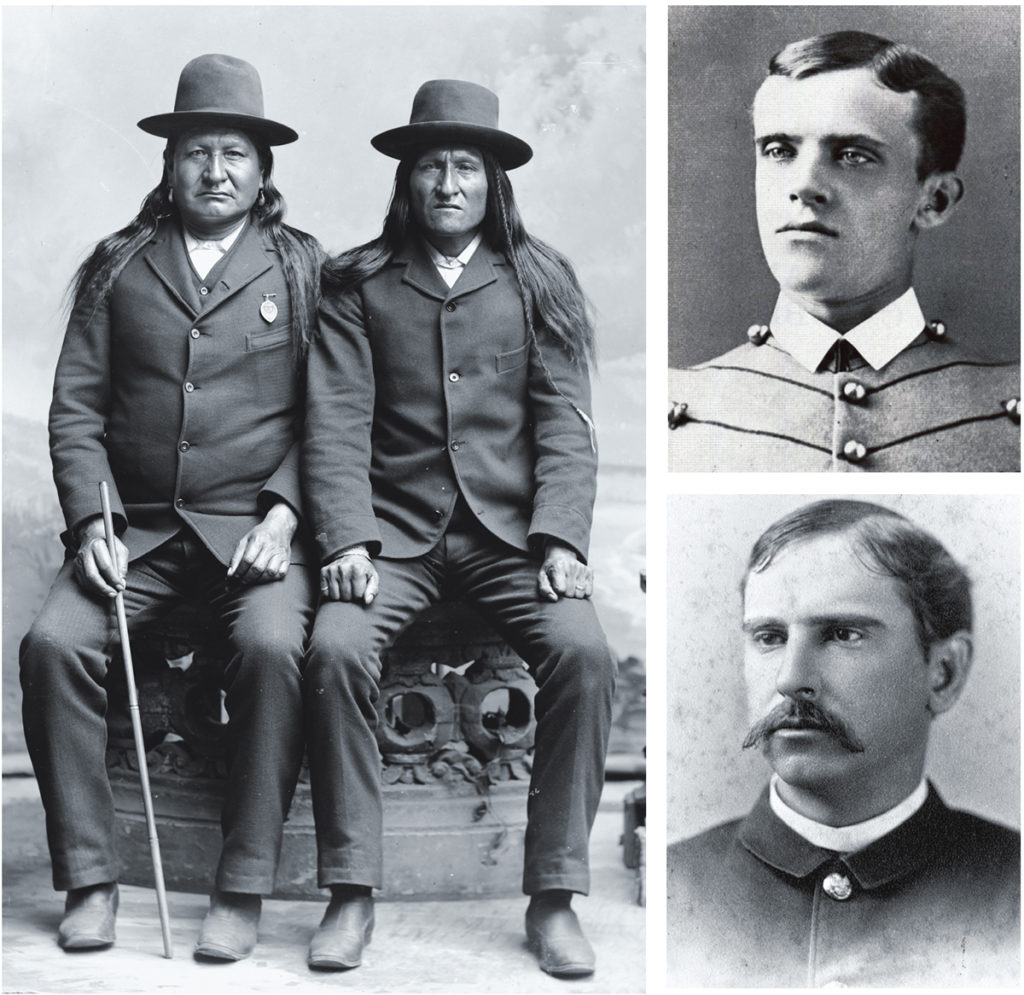
Clockwise from above: Northern Cheyenne leaders Two Moons (left) and American Horse, who sanctioned the proposed duel; 1st Lt. Samuel C. Robertson of the 1st Cavalry’s Troop G; and 1st Lt. Edward W. “Ned” Casey of Troop A. (From Left: Library of Congress; Montana Historical Society (2)
Those adjustments had, of course, come at a terrible cost. Fourteen short years earlier, in June 1876, Northern Cheyenne warriors had reveled in the wake of the successful alliance with the Lakotas that had destroyed Lt. Col. George Armstrong Custer’s 7th U.S. Cavalry command at the Little Bighorn. But that was before Colonel Ranald S. Mackenzie’s devastating attack on Chief Dull Knife’s village that November and the Northern Cheyennes’ humiliating exile to the reservation of their Southern Cheyenne cousins in Indian Territory (present-day Oklahoma) the following year. Many died during the brutal trek, still more on arrival, and in September 1878 the Northern Cheyennes set out on a grueling exodus north under Dull Knife and Little Wolf, bound for their northern homeland. Dull Knife’s followers eventually surrendered near Fort Robinson, but Little Wolf’s band made it to Montana Territory and was allowed to remain there on the Tongue River Indian Reservation (the present-day Northern Cheyenne Indian Reservation), established in 1884 by presidential executive order.
By 1890 the buffalo had vanished, leaving the Cheyennes wholly dependent on the inadequate and often substandard rations doled out through the agency’s butcher barn and commissary. Thus they congregated on Lame Deer Creek this Friday, Sept. 12, 1890, as they had every two weeks, to receive their rations.
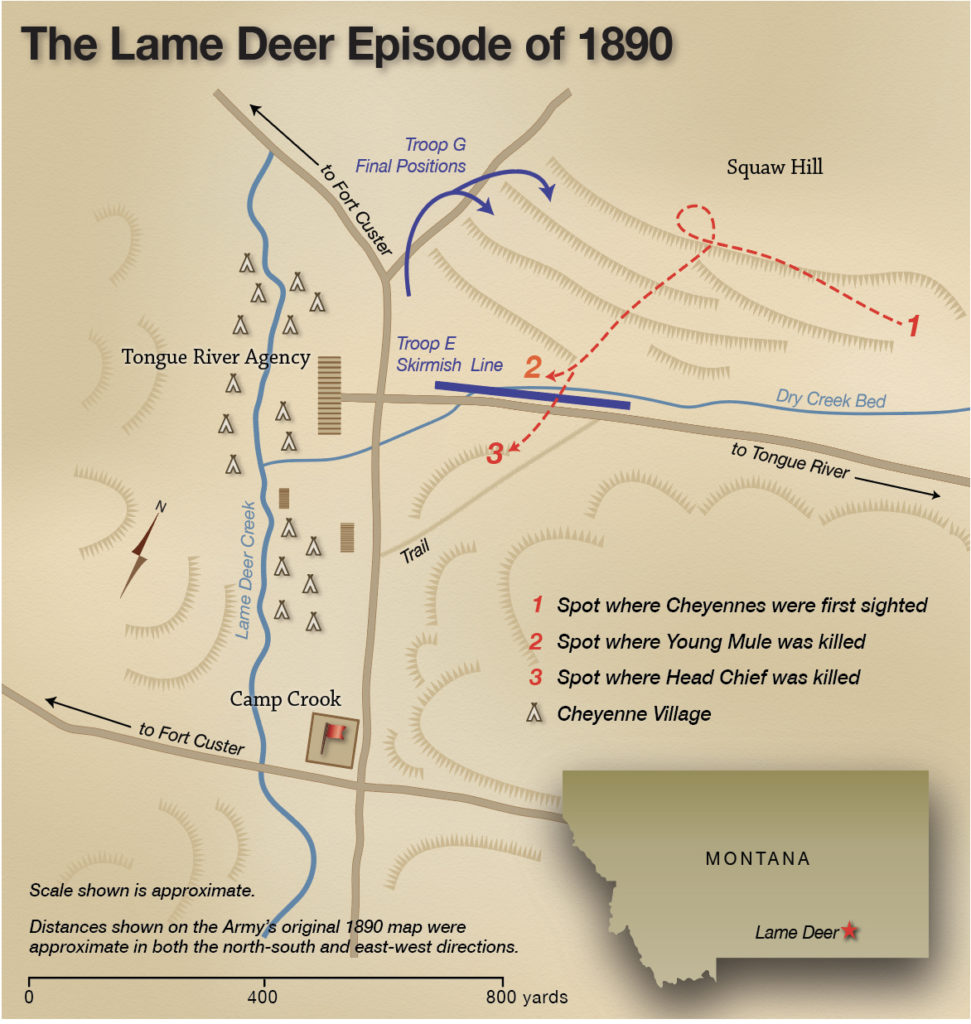
Though the pastoral scene appeared calm, a grim foreboding blanketed the camp. Women refrained from the banter that usually attended food preparation. Men appeared unusually sullen. For one, there were too many soldiers. While the Cheyennes had accepted their nominal presence, bluecoats still provoked chilling memories of Sand Creek, Washita and Powder River. Five months earlier, in response to frenzied demands by local settlers, an insignificant outpost named Camp Crook had sprouted about a mile below the Cheyenne village. It housed three troops of the 1st U.S. Cavalry, and that afternoon two of the three suddenly appeared.
As 1st Lt. Samuel C. Robertson disposed his Troop G, the Cheyennes began shuffling somberly out of their tepees to gather on the surrounding hills. “They now stood upon the ridges above the valley in dense groups of brilliant barbaric color,” Robertson later recalled. Rife with apprehension, the people watched and waited, anticipating one of the strangest applications of capital punishment ever administered.
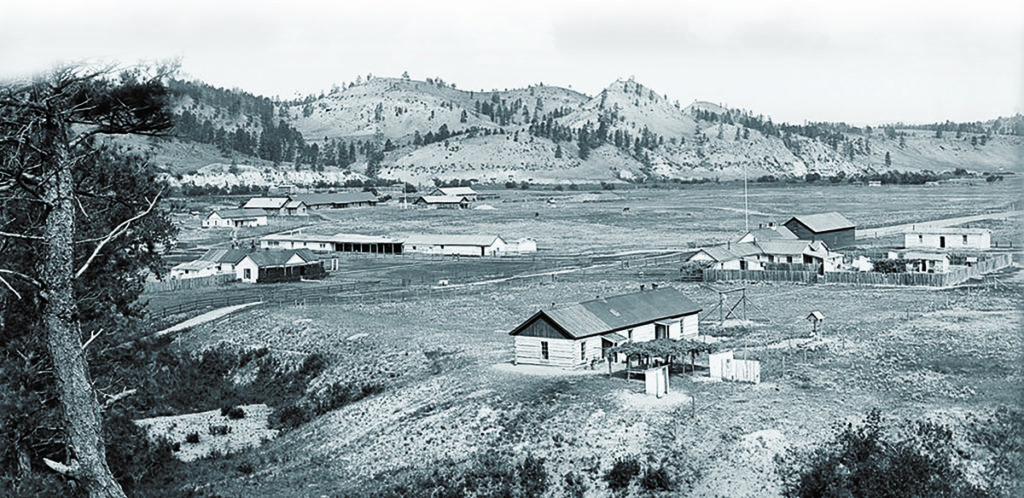
The agency at Lame Deer Creek on the Tongue River Indian Reservation is pictured here in a 1904 photograph by L.A. Huffman (1854–1931). (Montana Historical Society)
Mutual resentment and suspicion flared between Cheyennes and neighboring whites in May 1890 following the disappearance of local rancher Bob Ferguson. Like many encroaching whites, Ferguson, his brother and their sister ranched on the fringes of the Tongue River Indian Reservation, to the southwest near Kirby. Last seen searching for stray horses on the evening of May 6, Ferguson had simply vanished. On May 29 a search party found his corpse in a dry wash in the Little Wolf Mountains, northwest of the agency. Ferguson’s killers had wrapped his body in his black saddle blanket, wound the rancher’s coat about his head and covered him over with sand. Moccasin tracks and the butchered carcasses of steers at the scene of the crime suggested he had interrupted Indian rustlers and been shot from ambush.
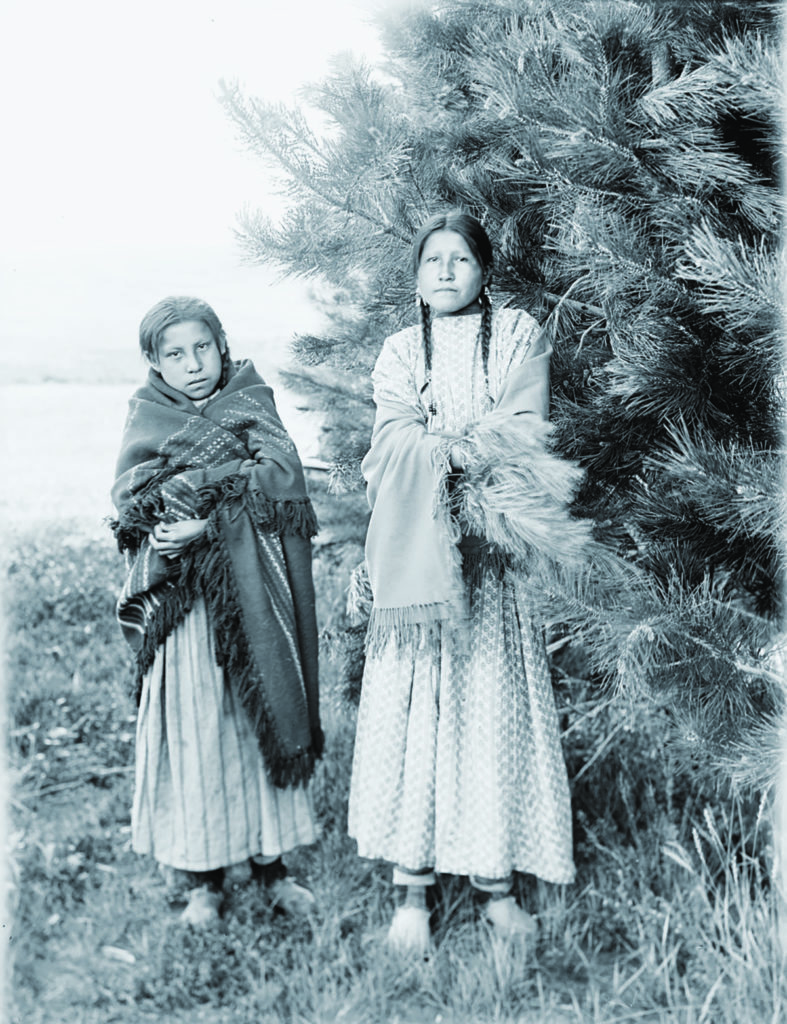
Cheyenne Agent Robert L. Upshaw, who resigned weeks later, blamed Ferguson’s murder indirectly on the government’s failure to provide sufficient beef rations and directly on the fact reservation Indians remained armed. Meanwhile lurid newspaper accounts whipped local settlers into a frenzy. On slim evidence the Indian police arrested three Cheyennes. Held for several weeks, they were finally released, much to settlers’ anger and dismay. The trio had served honorably under 1st Lt. Edward W. “Ned” Casey in Troop A, Department of Dakota, an experimental contingent of Cheyenne scouts serving with the U.S. Cavalry. Casey vehemently denounced their arrests as a “put-up plan” by big ranchers seeking access to Cheyenne lands. Ferguson’s murder was never solved, a fact that kept tensions at a low boil.
By late summer an uneasy calm had returned. On September 5 a 25-year-old Cheyenne named Head Chief rode into Chief American Horse’s village to resume his courtship of the chief’s young daughter Goa. Years later tribal historian John Stands in Timber recounted the Cheyenne version of events to historian Margot Liberty. Offering coffee and fry bread, Goa wistfully apologized for her inadequate hospitality, explaining that her family had eaten little else for a long time. Few Cheyenne families could stretch their skimpy rations to cover a full two weeks. Accepting Goa’s meager offering, Head Chief boasted he would soon bring her more than enough meat to provide a decent meal.
Known for his arrogance, Head Chief led a small group of young, dissident warriors. Many in the tribe considered him a troublemaker. Psychologically scarred by an overbearing father, Head Chief carried a terrible chip on his shoulder. Seemingly oblivious to the realities of reservation life, his father had repeatedly shamed Head Chief by mocking his son’s failure to achieve the since banned war honors that had once defined manhood.
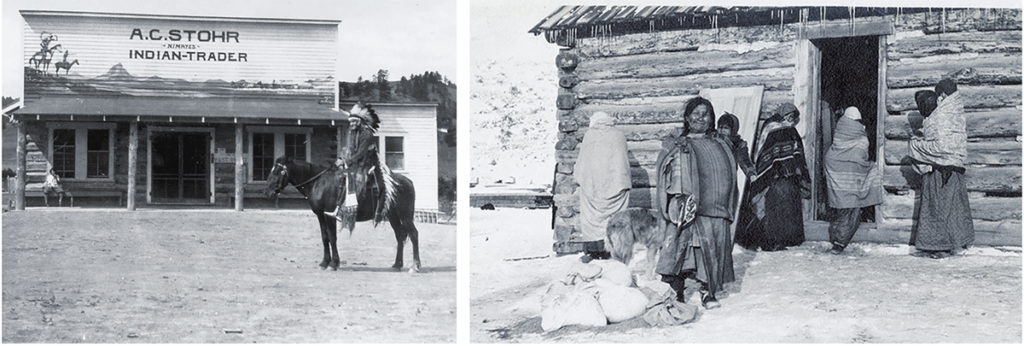
Left: A warbonneted rider poses outside trader A.C. Stohr’s post at Lame Deer around the turn of the 19th century. Right: Northern Cheyenne women line up for rations at Lame Deer circa 1910. Ration day on Sept. 12, 1890, was far more somber. ( Mansfield Library University of Montana)
By then Head Chief had attracted a shadow, a 13-year-old orphan who followed him everywhere. Young Mule had briefly attended the Ashland School and acquired a smattering of English. He had also cut his hair and accepted the given name “John.” Caught between two worlds, Young Mule had come to idolize the bombastic Head Chief.
On September 6 Head Chief set out on horseback with Young Mule to fulfill his pledge to Goa. The two hunters searched fruitlessly until evening when they chanced on milk cows belonging to local rancher Hugh Gaffney. Young Mule urged caution, warning these were white man’s animals. But Head Chief dismissively argued that white men had driven away the buffalo, thus killing a lone cow constituted little more than a poor trade.
While returning to American Horse’s village, they encountered a mounted Hugh Boyle, a tubercular 21-year-old from Champaign, Ill., who was recuperating on his Uncle Gaffney’s ranch for the summer. Noting the packhorse burdened with fresh meat, Boyle sneered, “I see that a hungry dog has snapped up one of my cows.”
Head Chief sensed Boyle’s hostility without comprehending his words. “What does he say?”
“He calls us dogs,” Young Mule answered.
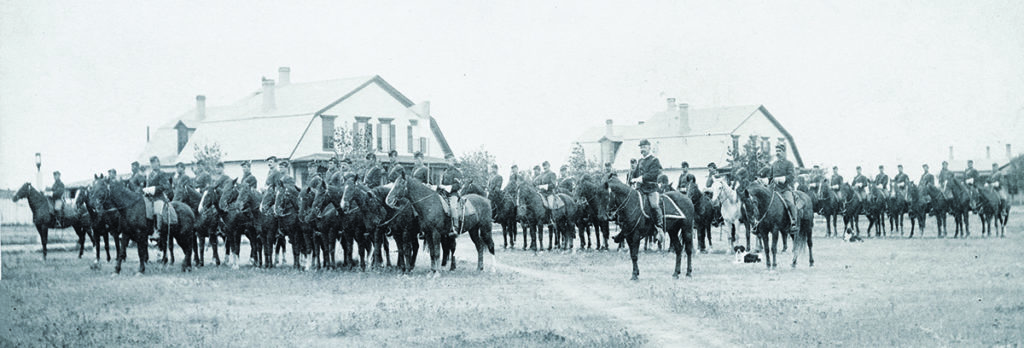
(Montana Historical Society Research Center, Archives)
Erupting with rage at the insult, Head Chief jerked a rifle from beneath the meat packs as Boyle turned his horse to flee. The brief contest ended before it began when a .45-70 slug slammed into Boyle’s chest, knocking him to the ground. From horseback Head Chief fired again at his prone victim, the bullet disintegrating Boyle’s skull. Dismounting, Head Chief examined the young man’s conspicuous red cap, gory with brain tissue, and pitched it into a clump of bushes.
Head Chief and his young accomplice then unpacked and cached the meat, freeing their packhorse to transport Boyle’s body, which they carried several miles into the hills. Before depositing the body in a shallow grave, Head Chief draped the young man’s handkerchief over his bloody visage, sarcastically explaining to Young Mule, “So he won’t get his face dirty.”
After dark Gaffney’s cows ambled home unescorted. Worried for his missing nephew, the rancher rode up to the Cheyenne agency for help. Boyle’s white horse returned the following morning, its saddle bearing bloodstains. That was enough to spur soldiers and the Indian police to form search parties and visit American Horse’s camp, where shouts and threats accompanied their fruitless ransack of the village. Having encamped in the hills overnight, Head Chief and Young Mule weren’t aware of the uproar. They arrived shortly after noon, stunned to discover the furor their actions had unleashed.
Responding to the village’s obvious panic, Head Chief defiantly acknowledged his guilt. While American Horse assured him no one in the village would betray him, he added gloomily that if Head Chief refused to surrender, the Cheyennes would be forced to defend him, an action that might prove ruinous.
Execution by hanging precluded a spiritual afterlife, and submitting to such an abhorrent death was out of the question for any Cheyenne, leading Head Chief to propose a stunning compromise:
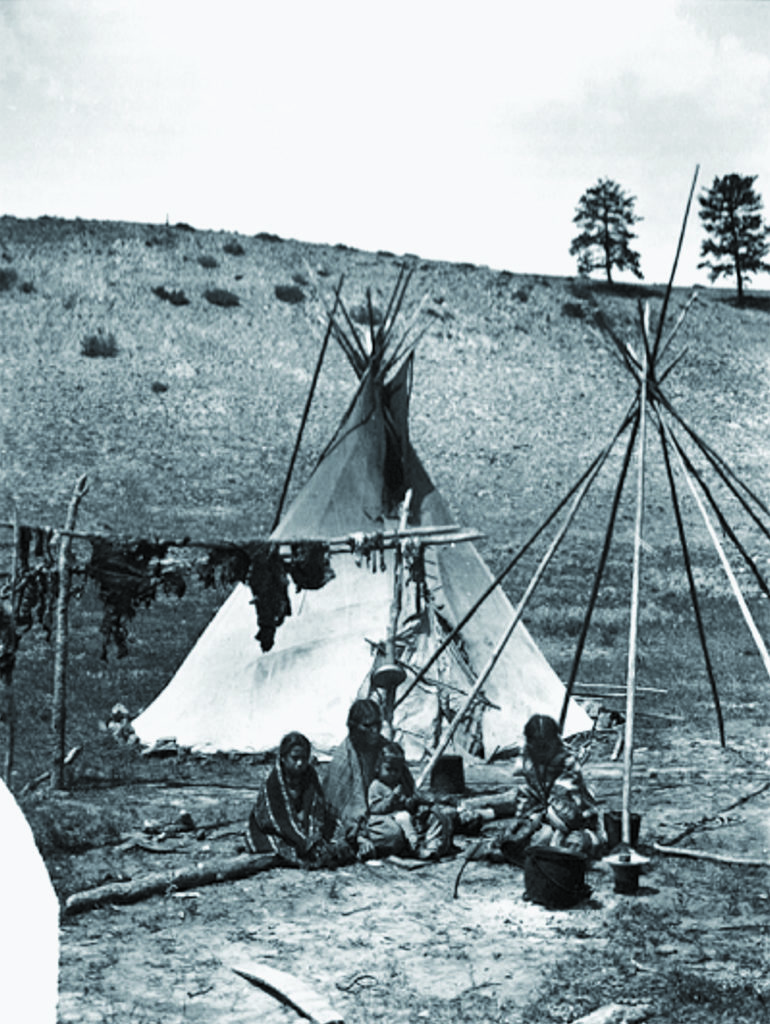
I don’t want the women and children to suffer on my account. Go down to the agency. Tell them I killed the boy. Tell them on the next ration day…I will be there. Tell them to be ready, and I will play with the soldiers at that time. I will come in shooting—let them try to stop me. They will never hang me. I will die like a man.
Having sealed his fate, the defiant Head Chief visited his parents camp near Ashland. Over a solemn dinner he urged his family not to grieve, but to sing a victory song for him when he was gone. Ironically, he ordered his father to act like a man.
Young Mule’s whereabouts over the next couple of days are uncertain. Head Chief, by contrast, basked in glory. Fellow members of the Elk Society formed an honor guard to protect their hero, assuring he would not be arrested.
Following Head Chief’s confession, American Horse led searchers to Boyle’s burial site in the hills. Walter Shirlaw, a census worker on the reservation, accompanied the group that recovered the body, following what he called a “toilsome” ascent. Lieutenant Robertson concurred in describing an “arduous search.”
Many young Cheyennes passed the night prior to ration day feasting and sharing stories, and Head Chief paid his last visit to Goa. During the nightlong vigil, he boasted of having killed two other white men. Later speculation pointed to the Ferguson murder. No hard proof ever surfaced, but in an eerie echo of that earlier killing, those who discovered Boyle’s body found the young man’s coat wrapped about his head.
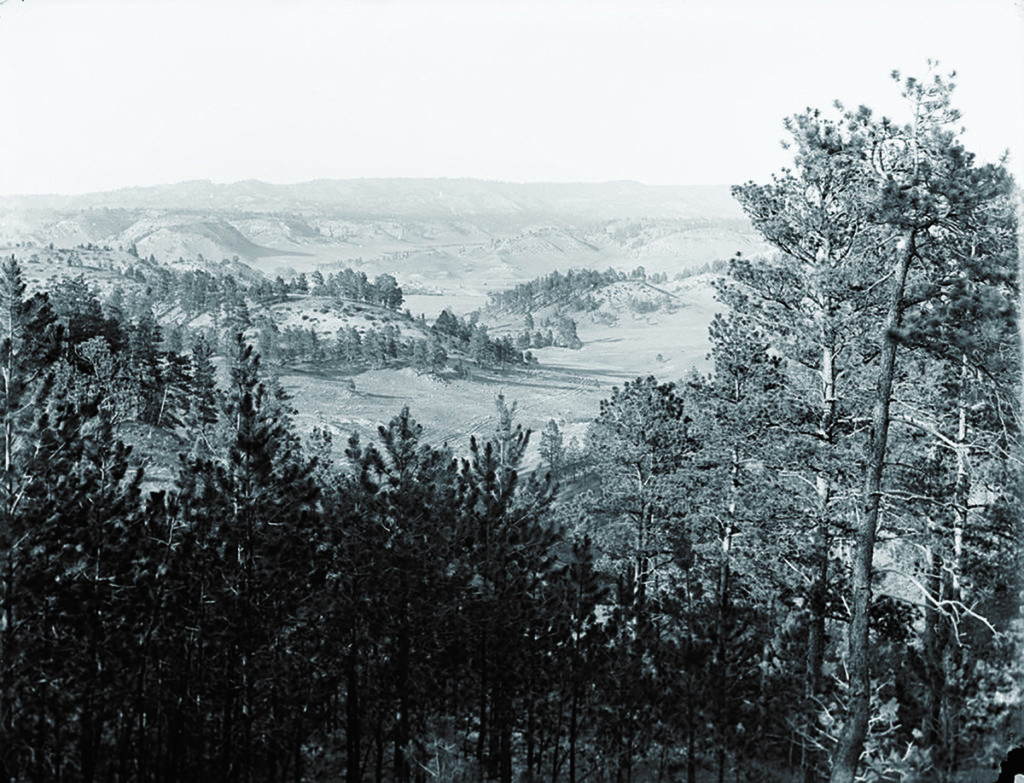
A few hours before sunrise on September 12 more than a dozen close friends accompanied Head Chief and Young Mule to the summit of Squaw Hill, overlooking Lame Deer Valley, where they conducted final ceremonial preparations. Young Mule, though merely an accomplice and of little interest to the soldiers, expressed his melancholy desire to join his hero in death. “When you are dead, I will have nothing,” he said. “I will die too.” As the first traces of dawn streaked the horizon, village elders ordered the young men off the hill, fearing a reckless youthful outburst that could ignite a general massacre.
Later that morning at the reservation’s agency acting coroner and Justice of the Peace Harold Brown convened a coroner’s jury to deliberate over Boyle’s murder. American Horse’s testimony secured Head Chief’s swift indictment.
Passionate eleventh hour negotiations followed, continuing up to the last moment, with Head Chief’s father begging for clemency. Tribal leaders offered 30 horses as compensation to Boyle’s family, a staggering amount of wealth for the impoverished Cheyennes. Agent James A. Cooper patiently explained that, despite Cheyenne custom, property settlements could not atone for murder. Under white law Head Chief must forfeit his life. Negotiations collapsed when Chief Two Moons reiterated Head Chief’s refusal to be hanged.
Cooper had initially balked at Head Chief’s proposed duel. But the bloody consequences that would ensue if the Cheyennes intervened to prevent a hanging forced him to relent and authorize the unconventional compromise. So, at 3 p.m. 1st Cavalry Major Henry Carroll, the commander of Camp Crook, dispatched Lieutenant Robertson and Troop G to the agency. Troop E, under 1st Lt. John Pitcher, would follow in reserve. Their combined force numbered just shy of 90 men. Troop D, under 2nd Lt. Henry A. Barber, remained in camp as a guard.
Even as Robertson arrived at the agency and deployed his men, he regarded the whole affair “a fool’s errand.” A duel pitting two boys against two U.S. Cavalry troops seemed “too grotesque to be entertained.” Chief Brave Wolf quickly disabused him of the notion, assuring him the coming fight would be a deadly serious affair.
Within minutes the two warriors made their entrance, emerging from a stand of trees some 800 yards across the valley. Through his field glasses Robertson watched as they rode into view, well mounted, well armed and clad in full war regalia. Head Chief displayed a magnificent trailing warbonnet. The warriors raced their horses up a rocky ridge on the north end of the valley, singing their death songs and circling ostentatiously in full view of the throngs watching from the hills. Continuing to circle, the pair triggered their rifles to draw the soldiers’ fire.
Minutes later, having been outflanked and driven from their rocky aerie, Head Chief and Young Mule raced down a steep decline directly toward Pitcher’s arriving Troop E. They closed to within some 200 yards before the troopers opened up on them. Head Chief angled toward the left end of the soldier line before swerving sharply right to make a defiant run across their front. Though a bullet shattered one of his arms, he managed to charge back up the steep hill. Young Mule was less fortunate. As he sought to follow Head Chief’s example, his pony received a crippling wound, pitching the young warrior headlong to the ground.
Head Chief paused to adjust the warbonnet he’d received from his grandfather before again bolting down to engage the soldiers, most of whom had dismounted and stood ready to meet him in a firing line. Twenty deputized members of the Indian police stood shoulder to shoulder with the waiting soldiers.
Head Chief had boasted to his Elk Society brothers that he would ride straight through the soldier’s line, and he did. Though suffering several fatal wounds, he somehow remained upright in the saddle, making good on his vow by penetrating some 20 yards before toppling to the ground dead behind the astonished soldiers.
Meanwhile, Young Mule abandoned his crippled mount and raced toward the soldiers afoot, zigzagging downslope to dodge their fire. He pulled up in a shallow gully to shoot, then scampered into some brush. Intermittent firing continued from Young Mule’s position for 15 or 20 minutes before the soldiers managed to flank him. They found his lifeless body.
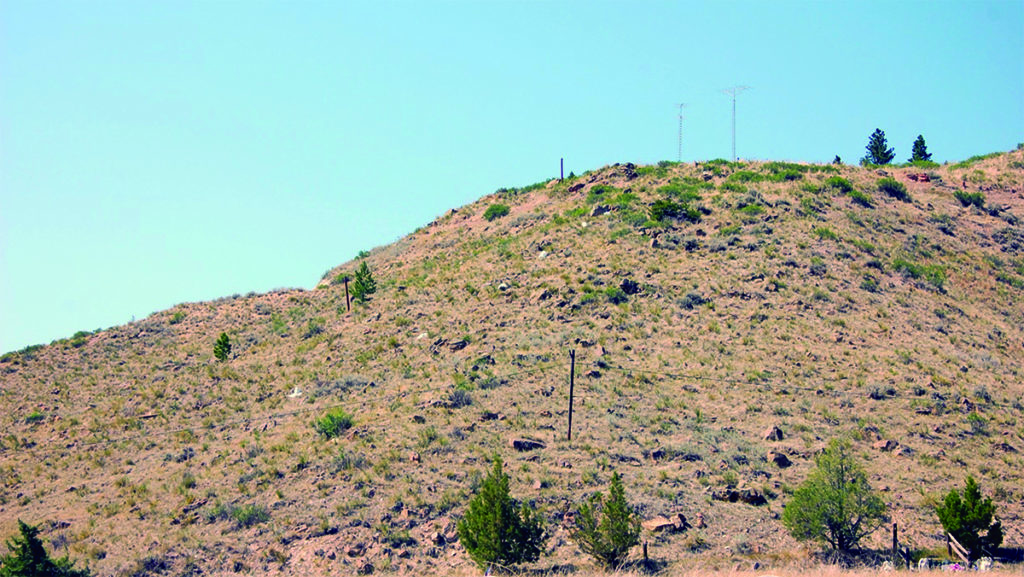
Not long after Head Chief rode down what was then called Squaw Hill, Cheyennes placed rocks along the path his horse took before the rains and wind could erase its hoofprints. As this recent photograph shows, a trail of large white rocks mark Head Chief’s charge. Tongue River, established in 1884, has since been renamed the Northern Cheyenne Indian Reservation. ( Dennis Hagan)
Silence descended on the valley. The affair had lasted fully an hour.
The bodies lay briefly in state at American Horse’s camp, Cheyennes lining up to see them. They were later buried high above the village on the hill where they died. Robertson praised the Indian police and tribal leaders for having behaved “most admirably,” noting, “To them is most probably due the remarkable sight of scores of Cheyenne braves—many of them fierce warriors of other days—witnessing, not unmoved but without interference, the killing by troops of two of their tribe.” The killing of two Cheyennes for the death of one white man went against tribal custom, but the Cheyennes accepted the outcome, as it had reflected Head Chief’s will.
Robertson provided a fitting epitaph to a charge in which two Indian deaths was the only possible outcome: “The audacity they displayed in this desperate attack upon two troops of cavalry was probably never surpassed in the records of Indian bravery.”
Tribal tradition has it that during the final charge a feather broke free from Head Chief’s warbonnet, fluttering to the ground near the spot where he was killed. Someone tied it to a stone, and there it remained many years. Today a trail of rocks marks Head Chief’s final charge. It is said that Cheyenne onlookers had distributed the markers along the path his horse had taken through the grass before the rains and wind could erase it.

